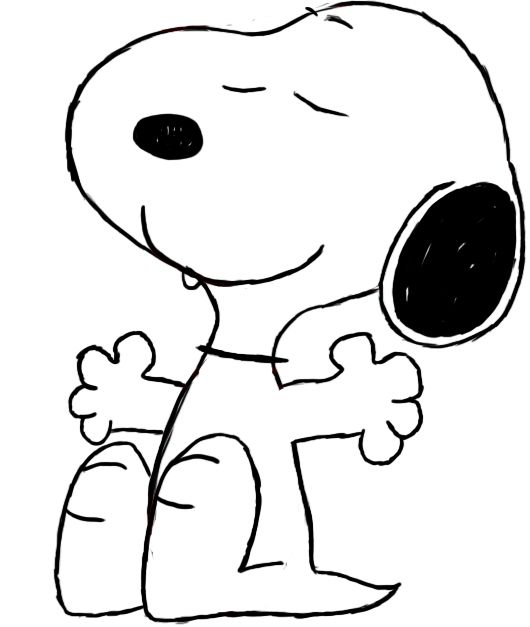Simple Landscape Easy Drawing
Landscape sketching is a fun hobby that Easy Drawing may indulge in. Their creative activities allow them to colourize and depict the endearing splendour of nature. Drawing and colouring can be beneficial for children's health and cognitive development.
They can learn more easily and retain more information because of it. Easy Drawing simple drawing is a great way for kids to demonstrate their interest in their education.
.jpg)
Simple Landscape Drawing:
Young children can develop their pre-writing skills by drawing and colouring. Enhancing their eye-hand synchronisation enables kids to develop the proper pencil-holding technique. Their finger, hand, arm, and shoulder strength improves, and their bilateral coordination is maintained.
Children who draw and colour landscapes feel part of nature and pick things up more rapidly. Natural resources can be found in landscapes in a variety of forms, hues, and architecture that serve as a discussion forum. Landscape drawing is a great resource if your children desire to draw from the natural world.
A selection of kid's artwork that is available for free home printing:
One of the images that children often draw is a landscape. They enjoy decorating them with colour and creating stunning landscapes with imposing mountains, gurgling rivers, and vast forests that hide a variety of animals, plants, and other species.
They take an active role in their schooling and are enthusiastic about it. Children will be able to observe and demonstrate their drawing skills through assignments like learning to draw a landscape. By practising different patterns and partaking in other colouring activities, kids might gain a broader understanding of landscapes. Kids' hand-eye coordination and self-confidence may increase as they learn how to sketch a simple landscape.
What a Fantastic World
A landscape is a section of our surroundings that may be seen from one spot while indicating certain characteristics of a particular region. The English word "landscape" first emerged in the Dutch word "landschap," which describes paintings of rural scenes. The phrase was later adopted by geographers from Dutch painters.
The world, a variety of topographies, is God's marvellous creation. There are many different types of landscapes on Earth, including riverine, arid, hilly, and coastal ones. Landscapes can be divided into two categories: natural landscapes and cultural landscapes.
Natural Setting:
The primordial, evil earthy environment that existed before the rise of human society is referred to as "natural landscape" and denotes the prehistoric, level earthy environment that existed before the Various landforms, including mountains, hills, plains, plateaus, streams, rivers, lakes, etc., can be found on its surface.
Sceneries of Culture
A cultural landscape is simply an earthly landscape that humans have altered. Building, raising livestock, and growing plants are all activities that help to shape cultural landscapes.
Material:
- Pencils, paper, erasers, and colouring supplies are the necessary materials.
- It will take 20 minutes.
Drawing A Landscape Step By Step:
- When drawing a landscape, make a note of where the mountains are.
- Draw one horizontal line that is perfectly straight to make this step easy.
- Sketch the initial mountain.
- To represent the first mountain on the left, draw a broad, curved line.
- Let's climb mountain number two.
- The second mountain on the right should be represented by a long, curved line.
- Onto the third mountain, draw.
- Draw a curving line between the two mountains that were previously shown.
- Show the sun.
- Draw a semicircle to symbolise the sun between the two mountain summits.
- A cloud is emerging from me.
- Draw freeform wavy strokes over the lofty summits.
- Think about the inner contours of the mountain tops.
- At the peak peaks of each peak, add wavy, curved lines to complete this phase.
- Draw a picture of the water's surface.
- Draw several horizontal, straight lines of varying lengths across the bottom of the artwork.
- The drawing is in colour.
- Colour the sun yellow, the river blue, the river green in different tones, and the mountains in various green tones.
The scene is set! I hope you followed the instructions carefully and are happy with the outcome. You might further your practice by drawing any mountainous terrain; for instance, consider reviewing the lesson where I showed you how to draw a cave or mountains. For your convenience, I created a PDF file with a condensed lecture version. Download this file and use it whenever you want to review this lesson, even if you don't have an internet connection.



Comments
Post a Comment